Jeans Tips: Easy Ways to Patch Your Jeans
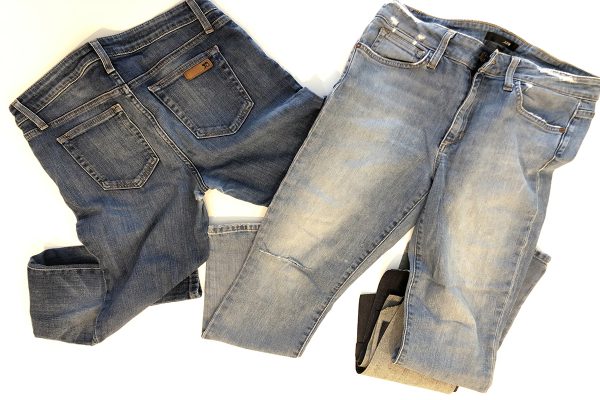
In this blog series, explore the interesting subject of jeans making with BERNINA Educator, Jaime David. Ever since the Ginger Jeans Pattern craze in 2014-15, Jaime has been honing her skills in making jeans and has some great tips to share with you. There are so many patterns and sources available today. In addition, learn how pressing tools and choosing the right needles and threads can improve your results. Finish those jeans with professional details like buttonholes and rivets—with some helpful tips before you even start. In this final blog post, learn how to repair and alter your denim to expand its livelihood.
Part 4: Mending
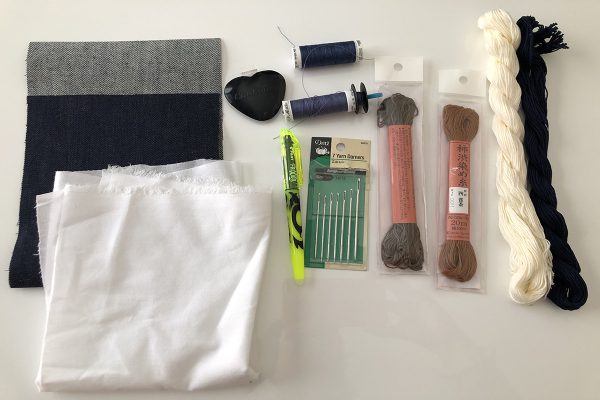
When you finally land on the perfect pair of jeans, chances are you are going to wear them a lot—which over time will begin to show wear and tear. Areas of stress or friction will cause the fabric to wear out, often resulting in a tear or hole. Fortunately, there are several relatively easy ways to repair this damage to prolong the life of your jeans. I am often asked to mend jeans for people. And because my BERNINA sewing machine makes the job so simple, I typically oblige. More recently the trend of slow sewing and visible mending have made this process fashionable. Incorporating some Japanese hand sewing sashiko techniques can allow your mending to give your jeans a new look and longevity.
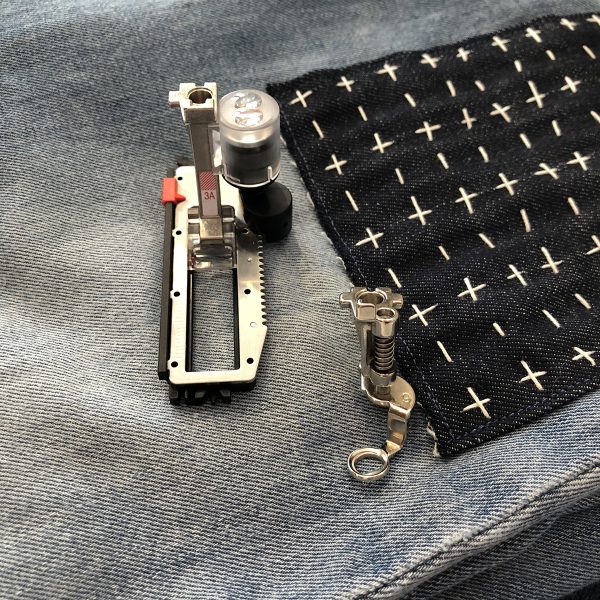
Darning
The original way that I learned to repair holes in denim (most often the thigh area of jeans) was to do a free-motion darning technique. Later, I learned about the Darning Program featured on my BERNINA sewing machine. This cool stitch sequence works with the automatic Buttonhole Foot #3A and offers a more controlled look to the mending. It is great for smaller holes and worn areas. There was a time that darning was such a common sewing method that the machines would come with darning accessories, including a hoop called: Hosiery Darning Hoop—used often to mend holes in hosiery and socks! Do you have an older model BERNINA that has one of these tools? If not, this optional accessory can be purchased from your local BERNINA dealer.
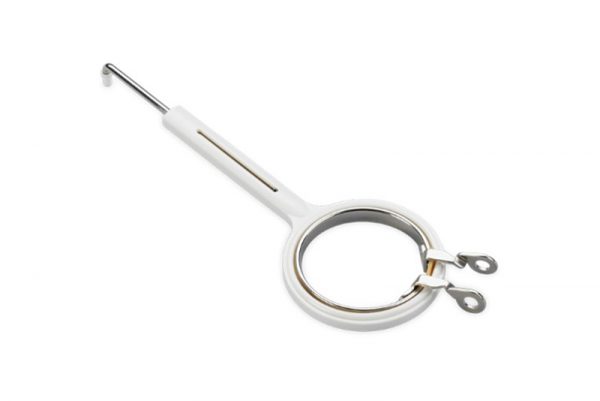
Before darning with either method, you need to prepare the area for mending. Turn the garment wrong side out in the area to be mended.
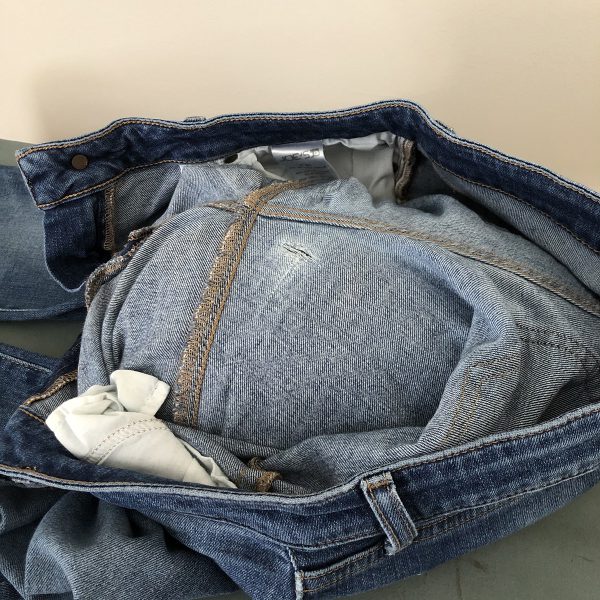
You will need to use something to reinforce the worn out area or a patch to fill the hole. This material can be a like-fabric scrap or my personal favorite, Pellon SF101—fusible woven stabilizer. I have found that the fusible stabilizer works best when it is cut into and organic shape that matches and extends beyond the worn area. I use a pressing ham to work with the curved shape of the crotch seam.
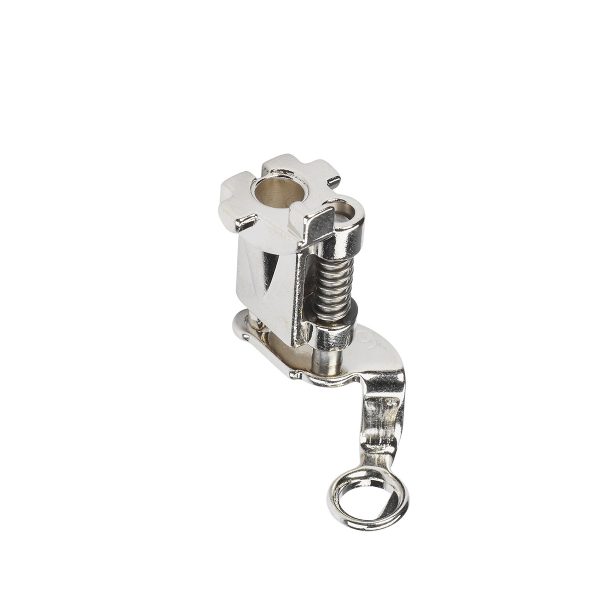
The Darning Foot #9 was designed with mending in mind, although it makes a great free-motion quilting foot as well. This foot works with the feed dog lowered, allowing free movement and control of the fabric by the person sewing. For holes, this works well, allowing you to patch over in any direction filling in the organic shape of the hole. The sewing machine can be set for either a straight stitch or zigzag stitch, but I most often select standard Straight Stitch #1. The general rule for darning is to create a “woven” like structure of stitches over the hole. To begin, sew narrow rows up and down, then cross over those rows with more narrow rows going side to side. Finally make sure that the area is covered working rows in irregular lengths to help blend the mended area into the fabric.
Tip: Use a matching thread color value—often I have found various shades of gray thread to be a suitable match. Mettler make a great denim thread that is a cotton and polyester blend. It is available in two denim blue colors.
Watch the video on free-motion darning.
Method 2: Darning Program
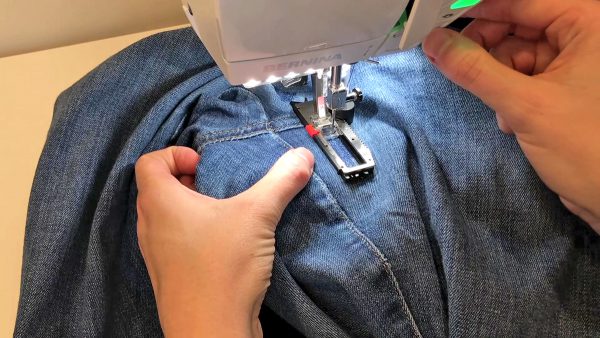
In the practical stitch menu of many modern BERNINA machines, you will find two programmable darning stitches—Stitch #22 and #23. Some models will also have an alternative darning program—Stitch #34 with rows of wavy lines to better reinforce fragile areas in firm fabrics. These automatic darning stitches use a series of short stitches aligned in rows to fill in the area needing mending. It is a more controlled option than free-motion darning. The length of the pattern is programed by pressing the Quick Reverse button. To achieve wider coverage, you need to reposition the work and sew multiple rows of the darning program.
Stitch #22 can be achieved using either Reverse Pattern Foot #1/1C foot or the Buttonhole Foot #3A. Stitch #23 is a reinforced version that is made using only the Buttonhole Foot #3A. For the jeans I was mending, I found that Stitch #22 worked best. I did several rows across to strengthen the area of stress. The results were tidy and discrete.
Watch the video on the darning program here.
Patching with Sashiko
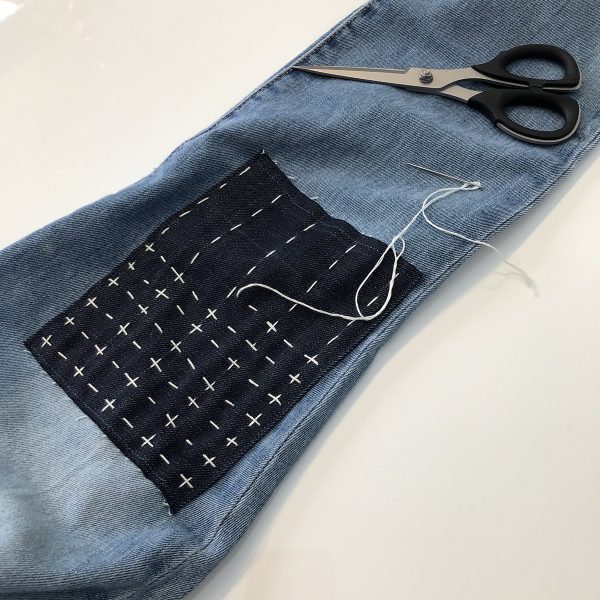
I have always loved any kind of sewing handwork. Sashiko is a popular Japanese style of decorative stitching that makes geometric patterns. To mend the hole in the knee of some jeans, I decided to create an exposed patch covered with a simple grid of hand stitches.
There are many methods and approaches to this style of stitching, but I marked a simple 1” grid across my denim patch with a chalk marker. I stitched approximately ¼” stitches in ½” rows and then moved across them to make the “x” design. It is also common to find this kind of mending done as just rows of stitches—this can be called Boro or Kantha. To learn more about the differences between these styles, I recommend reading this blog by Cross & Woods Crafting Parlour.
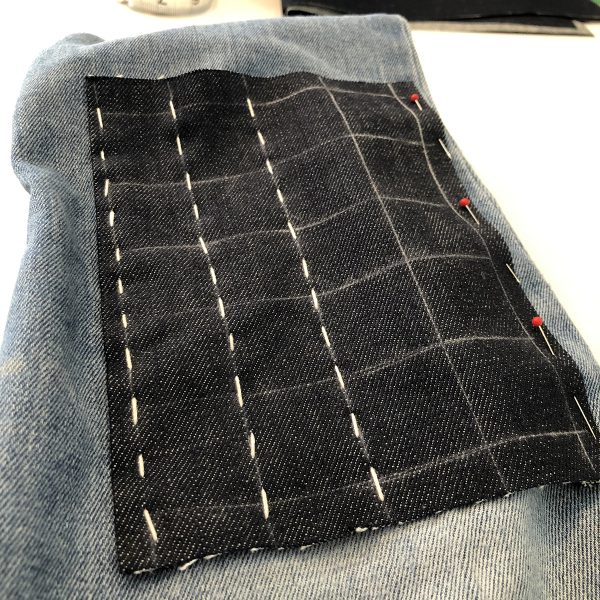
Weaving
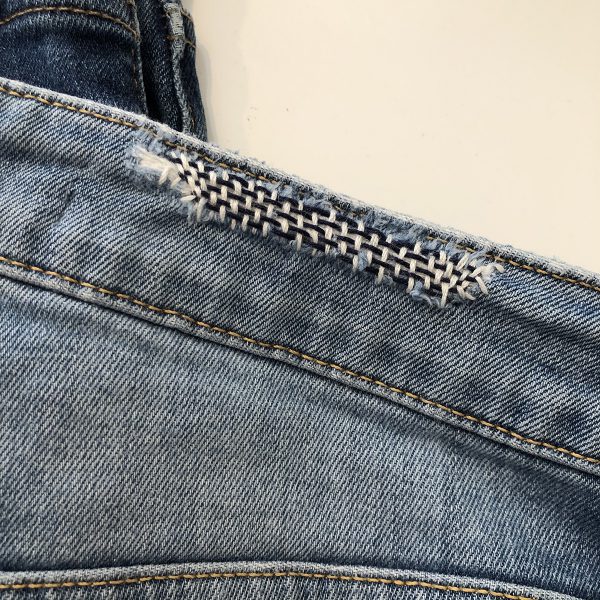
For some areas of wear along the waistband, I decided to try some thread weaving using the same embroider thread from the Sashiko stitching on my patch. I love how this looks and think it add some character to the jeans.
Tip: To begin a weaving stitch, start with some loosely couched stitches along the area needing mending, then come back and weave with a contrasting color thread for a neat appearance.
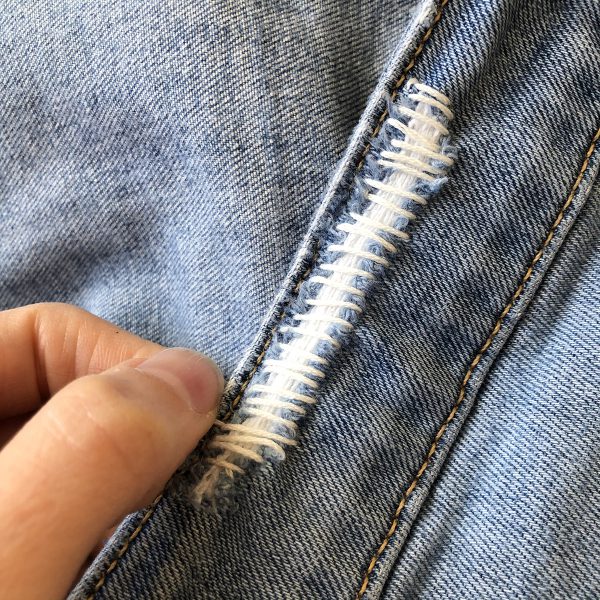
Consider using any style of hand embroidery to not just embellish, but also to mend your garments. I have found the book Creative Stitching, by Sue Spargo to be a great resource and inspiration.
I hope that you have found the Jeans Tips Series to be both helpful and inspiring. There are so many great tools, notions and BERNINA accessories to make the job of creating and mending jeans a totally fun experience. Until next time, happy jeans making!
Jeans Tips
What you might also like
12 comments on “Jeans Tips: Easy Ways to Patch Your Jeans”
-
-
I would try to make the repair with a fabric scrap that has similar properties if possible, so a denim with some lycra if there is stretch in the jeans. I have found that darning in areas of high stress- that the repair will also show signs of wear over time. I will generally redo the darning one time- then I figure they have served their time and I pass them into the scrap bin.
-
-
I love mending jeans with #23. I find that matching the exact thread color is the key and I keep a large range of denim jean colors on hand. Some have a bluish tint and some a purple. I also use Mettler blue threads, tending toward grey, but matching jeans or shirts. I use the mentioned under stabilizer. I also use Cloud over the patch on the underside so it isn’t scratchy to the skin. The men love my jean “fixes” as they sink into the fabric and look very natural. I do repeat the sequence as needed across the rip. I have also mixed threads to get a better blend. I love the Bernina #23 darning method!
-
thank you for this jeans series of posts. most of my repair requests are
for replacing zippers and patching knees, which I do, but don’t enjoy!
Sally-
Thanks for tuning in! I hadn’t thought to include info about repairing zippers, but that certainly is a common request and not such an easy task either.
-
-
What is the little metal nub at the end of the darning hoop for?
-
it goes into one of the holes in the bed of your machine. just sits in there and provides something of a third hand to help keep your work in place while you are doing the mending
-
-
When I buy jeans, whether new or used – I have to alter them. I have learned how to remove the side pocket studs, which makes it possible to take in the side seams. I use a flat screwdriver and a hammer to remove the studs. There are some online videos that show how to do this. If I need to make the waistband smaller, there are also videos showing how to remove the metal jeans button.
Marjorie
-
Since I was a teen and young adult in the 60s and 70s, repairs to our jeans was a regular pass-time. This article brings back fond memories and appreciate the updated solutions. Thank you.
-
This is very helpful! I couldn’t figure out how to make the patch shorter, but I see that the reverse button sets the end of the pattern. It does take practice, but my jeans had a lot of holes… I have a 1630 and was able to follow along.
I found a pretty faded blue thread from Gutermann color 5815, which blends right in. Thanks for the post.
Mags
-
Do you recommend a jean or topstitching needle? If I use the Mettler denim doc thread do I need to have the same thread in the bobbin or can I use either the metrosene or 50 weight cotton from Mettler? If I pick program 23 how is the wave created? Does my 570QE just determine when to put it in?
-
I often prefer a topstitch needle for the elongated eye that is has- for darning that won’t matter as much, either needle should work. Same with the thread- I usually use what I have that matches close to the denim color and sometimes that is cotton and sometimes polyester thread- just avoid thick threads. If you use stitch #23- you can program the length by tapping the reverse sewing button when you reach the length you want. If you don’t do this, the machine will default to the end of the buttonhole foot #3A for the length. Hope that helps!
-
Leave a Reply
You must be logged in to post a comment.
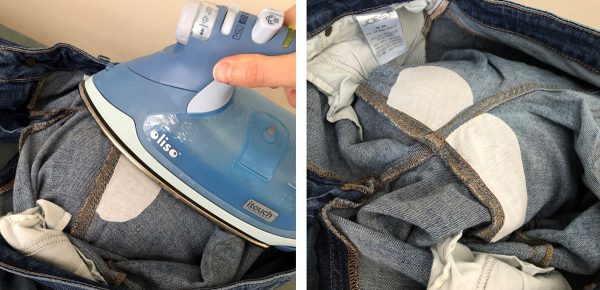

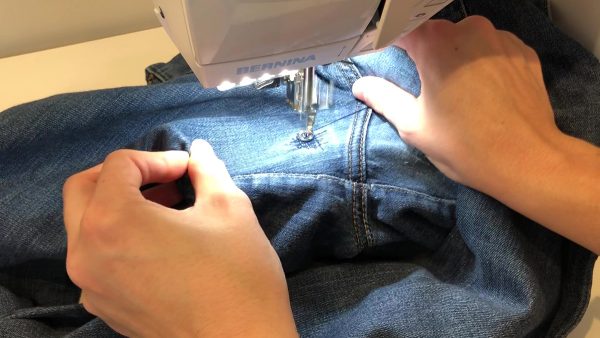
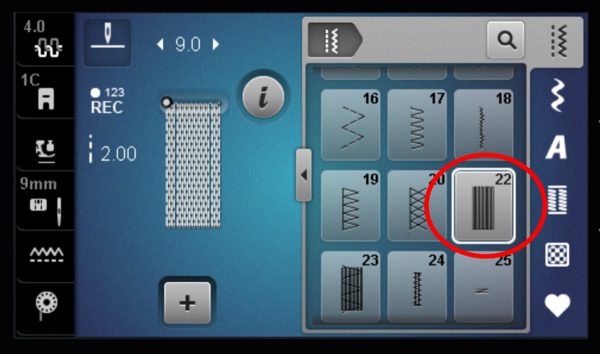
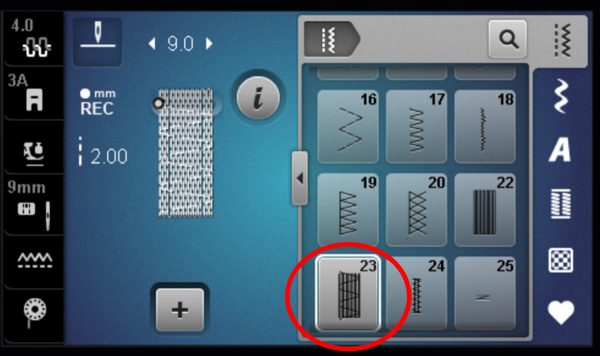
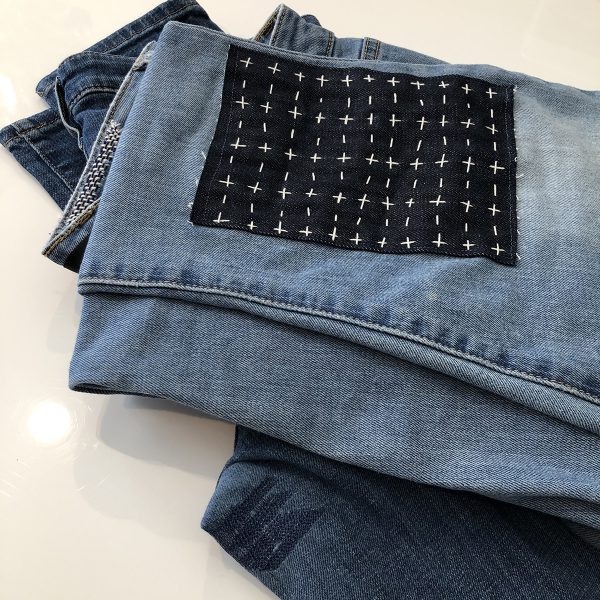
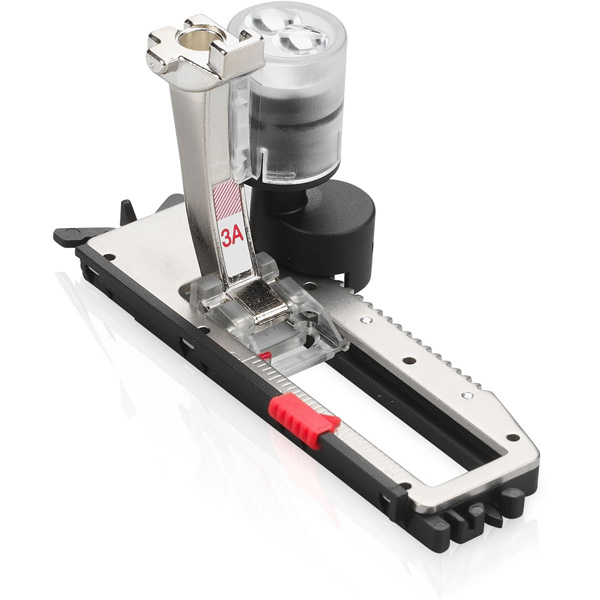
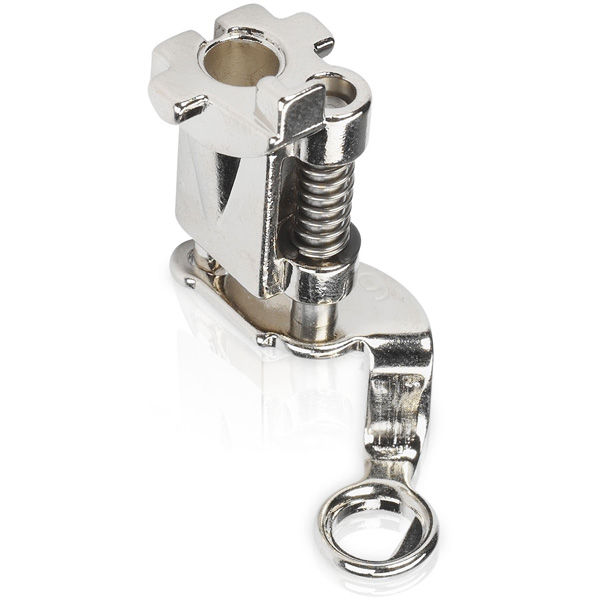
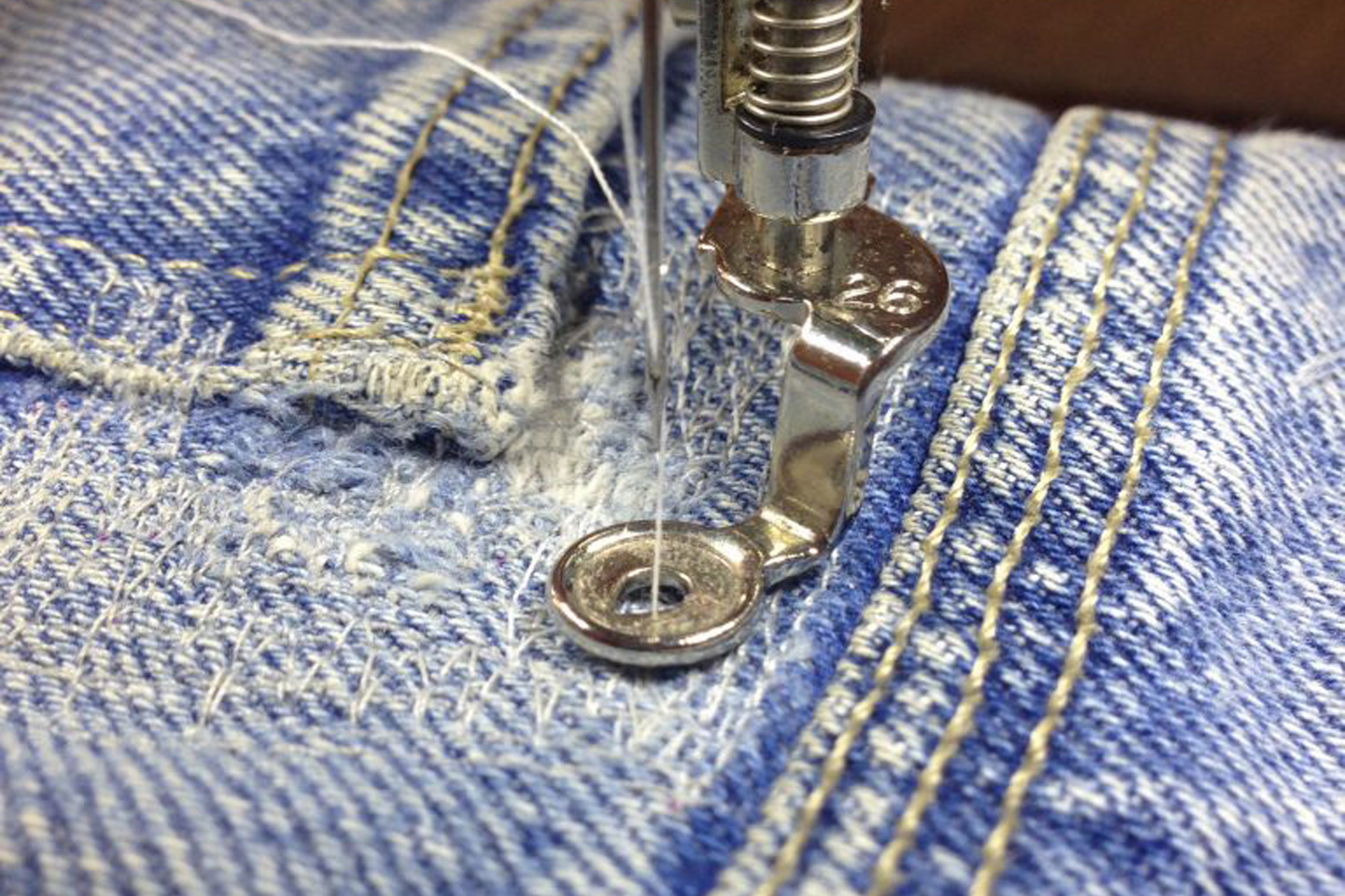
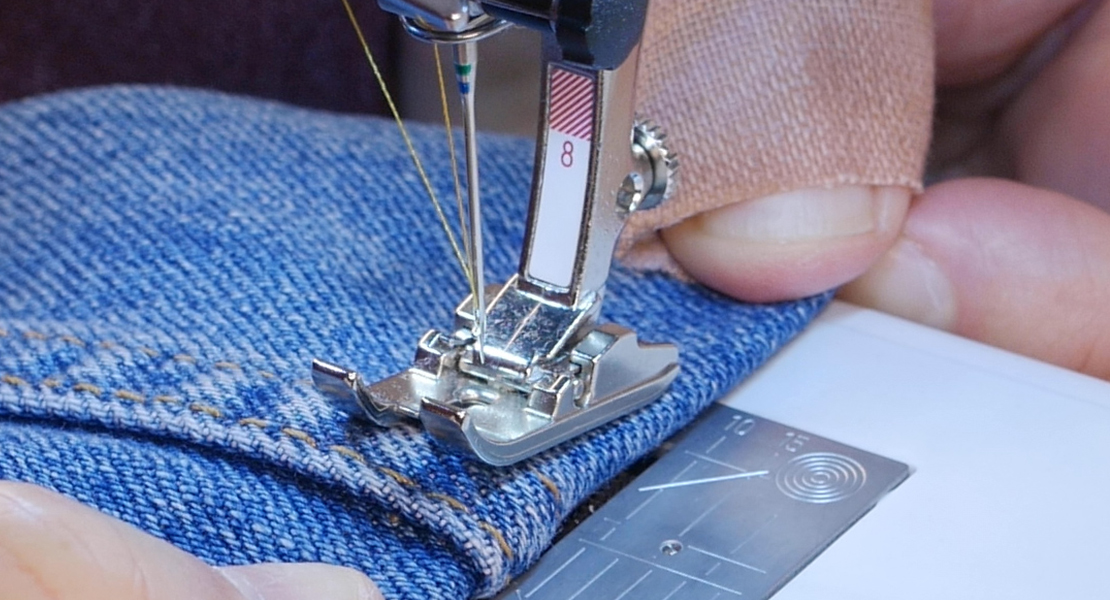
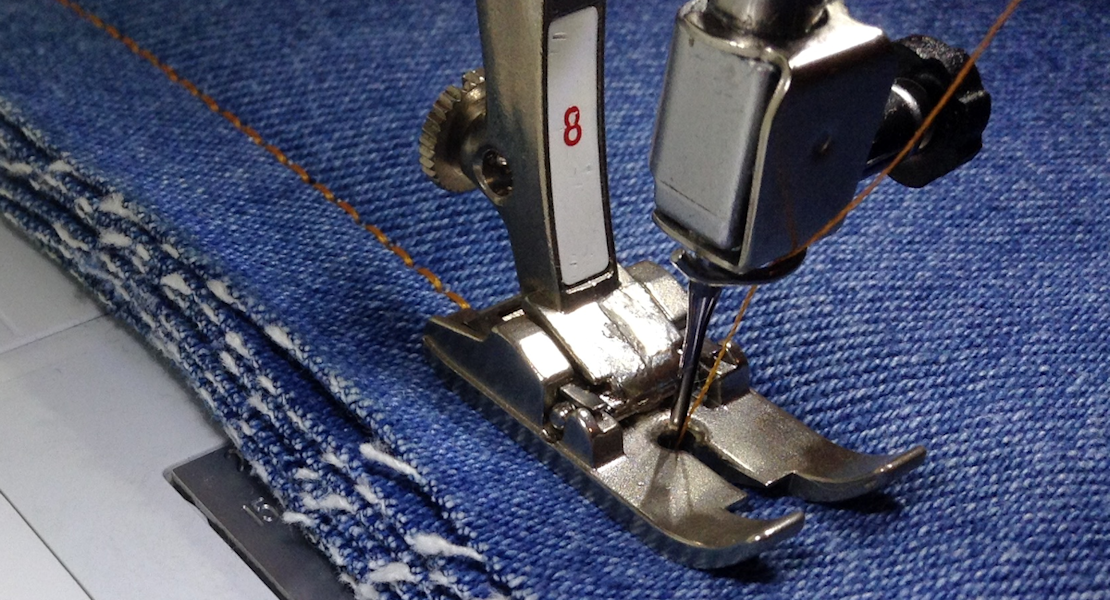
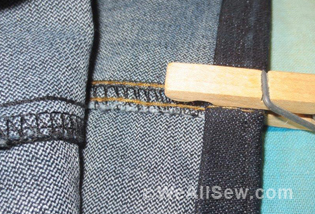

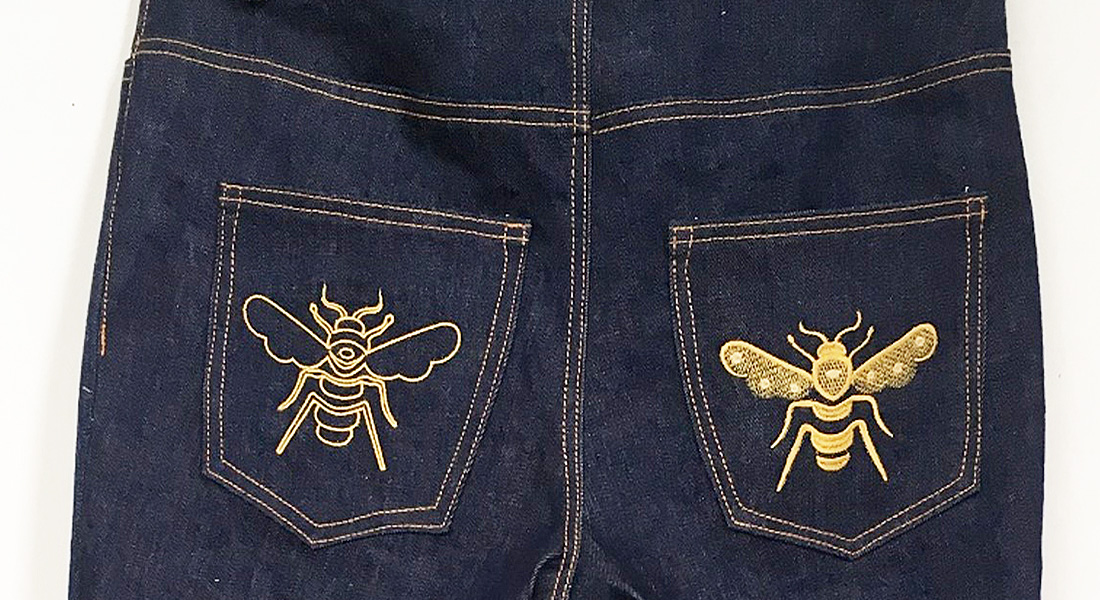
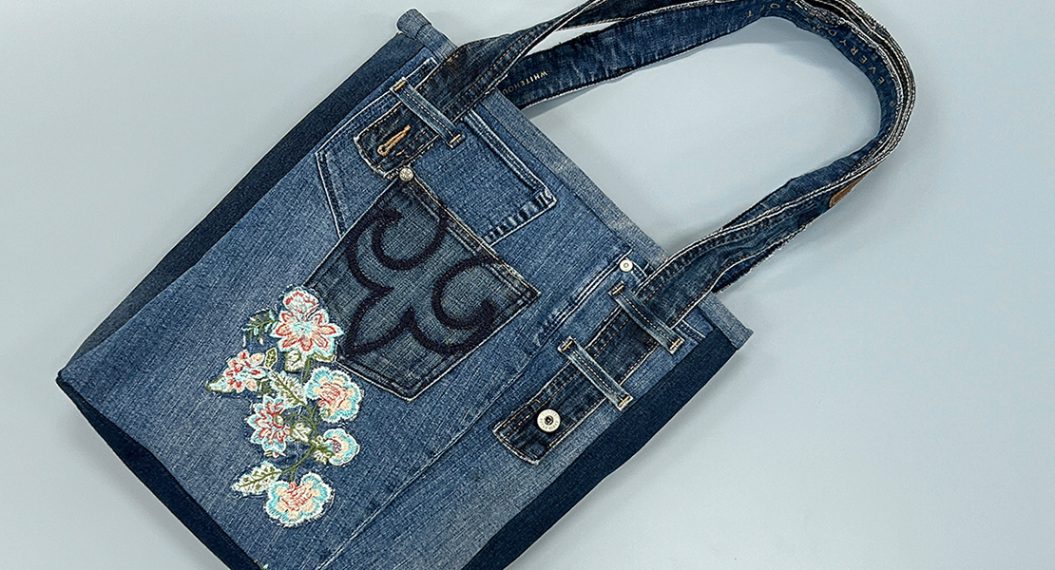
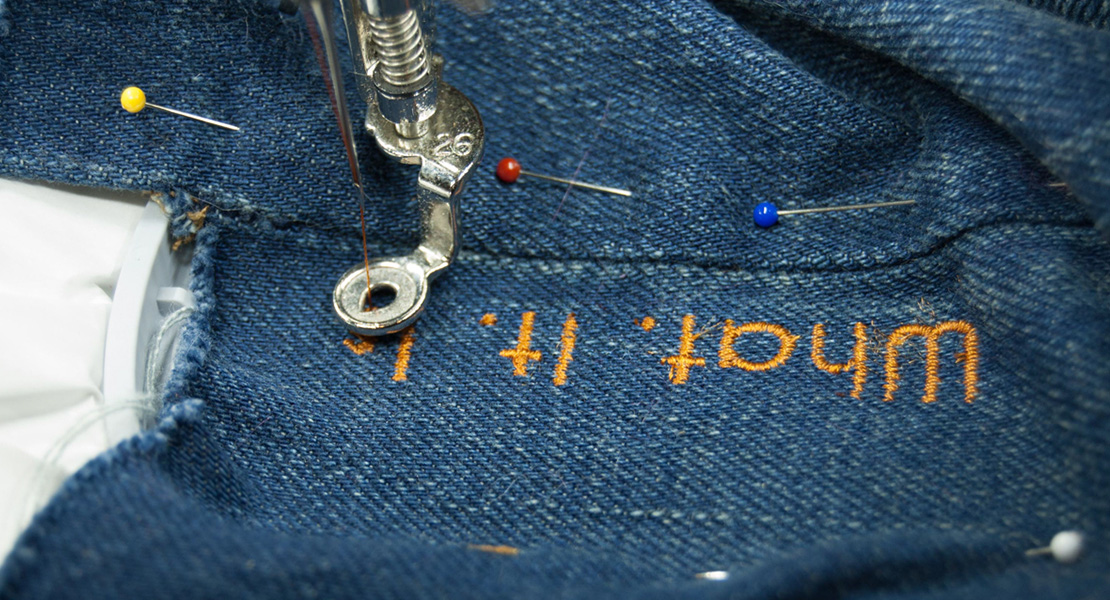
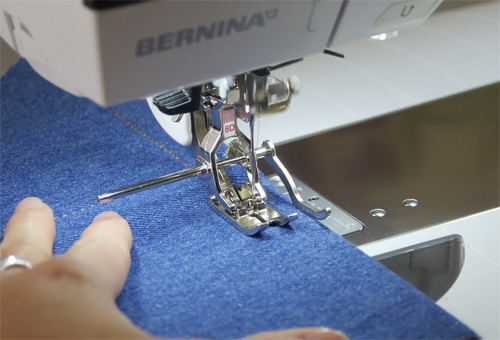
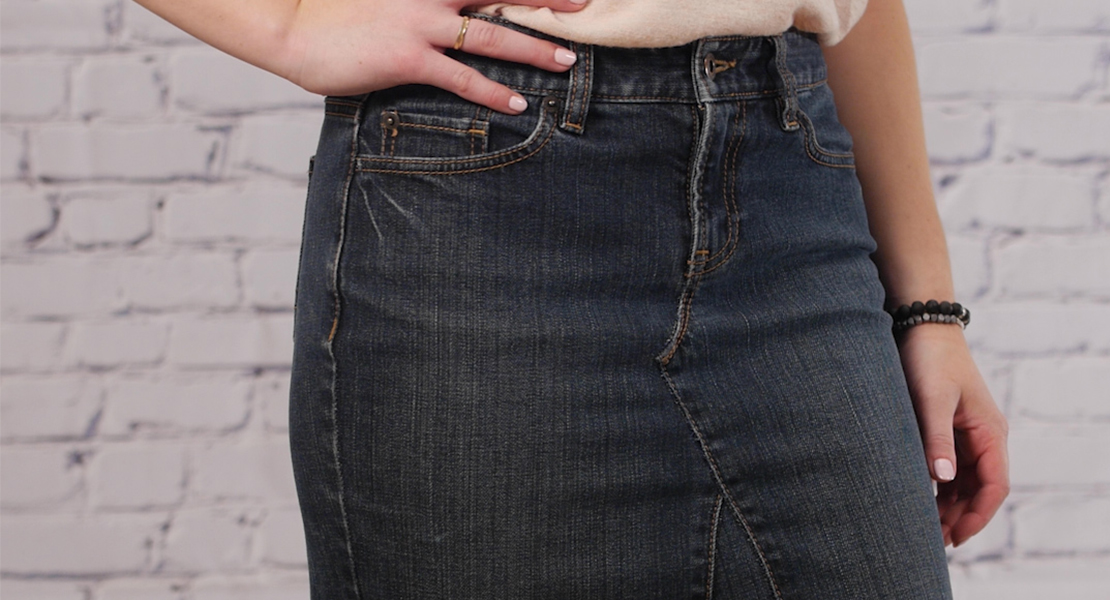
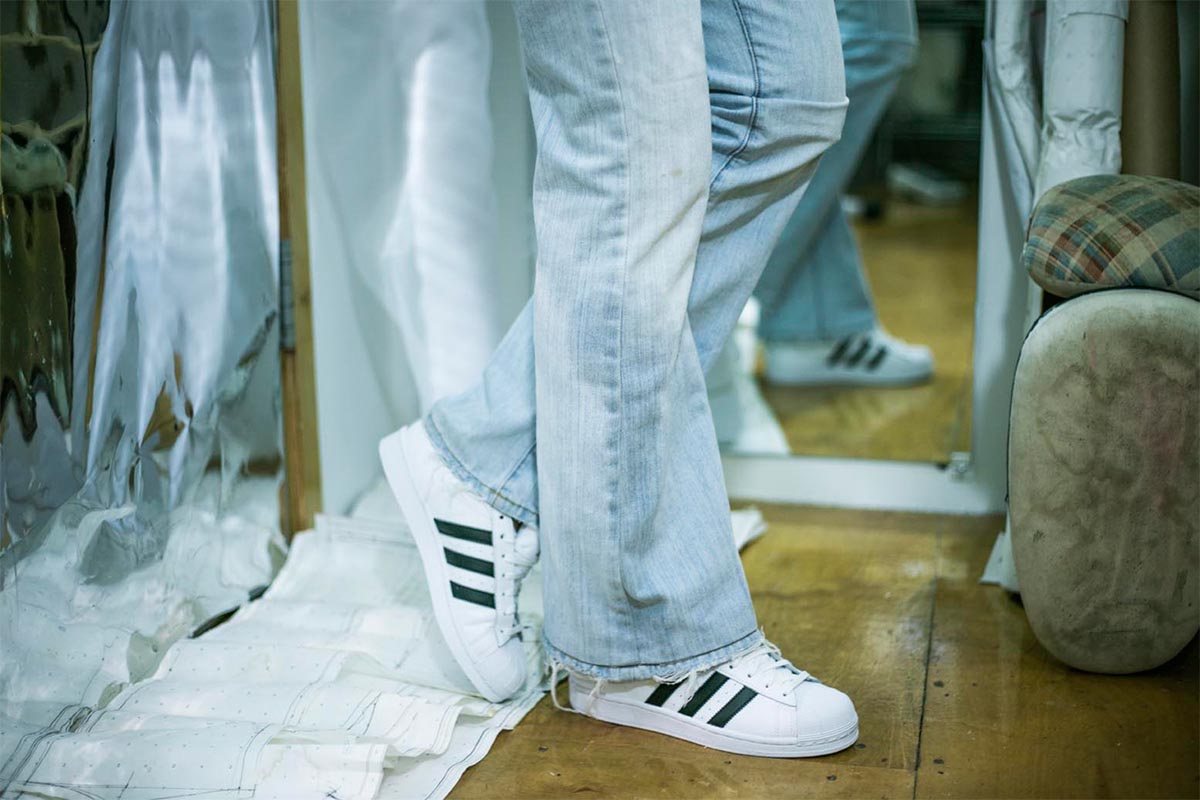
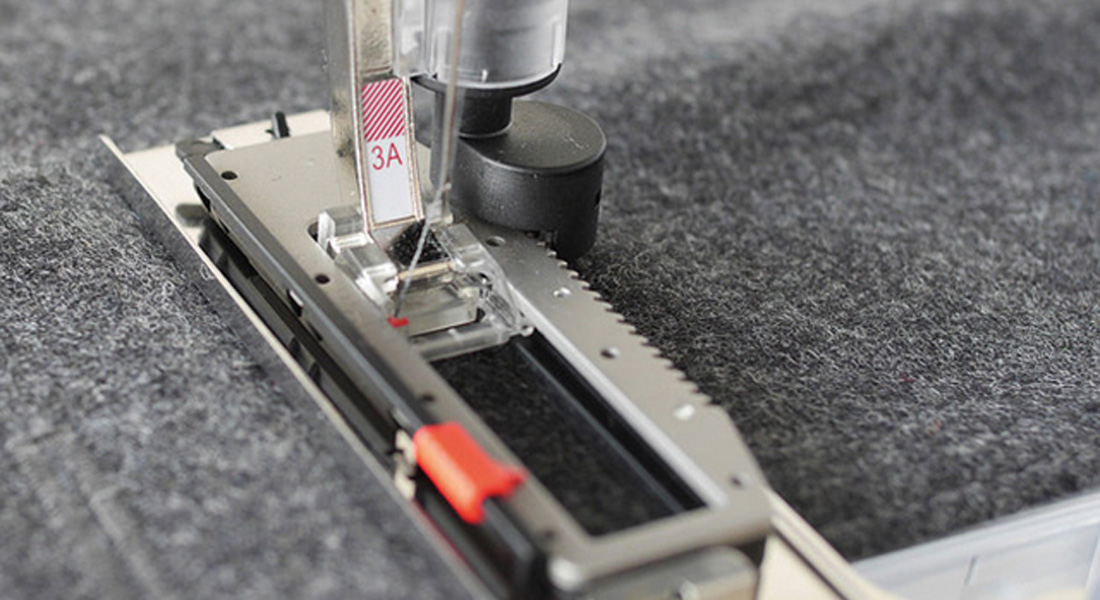
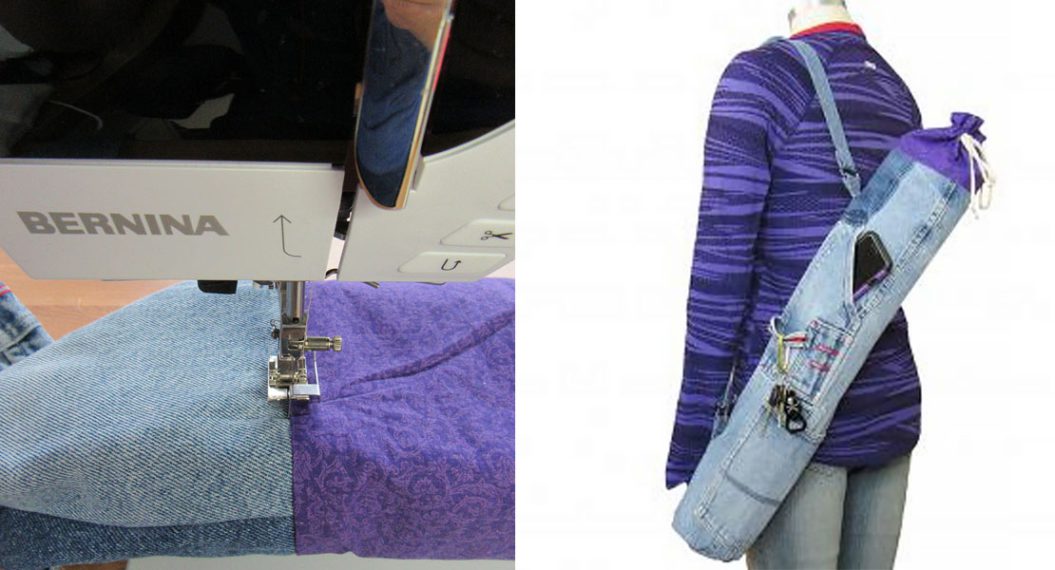
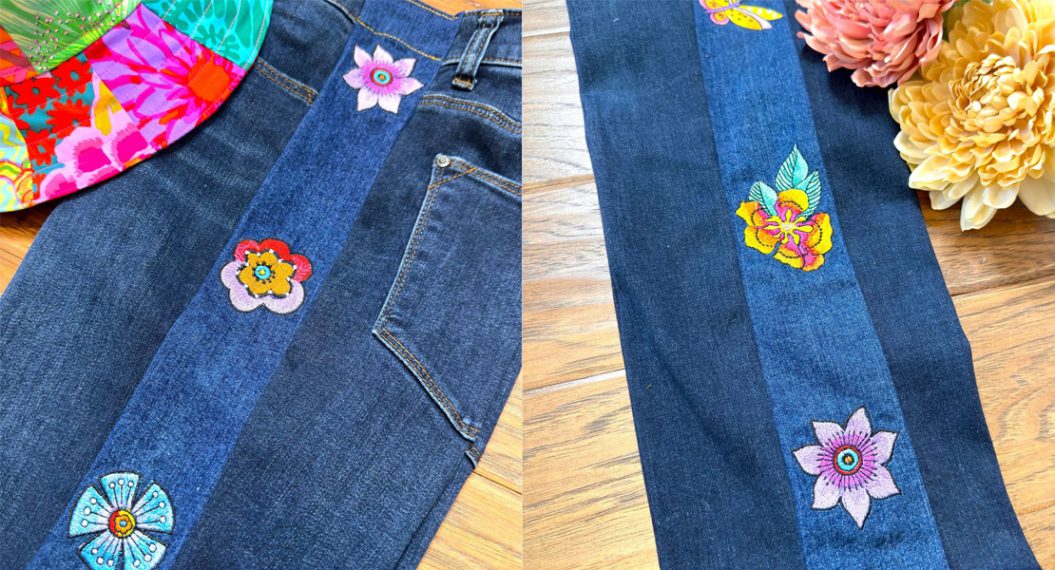
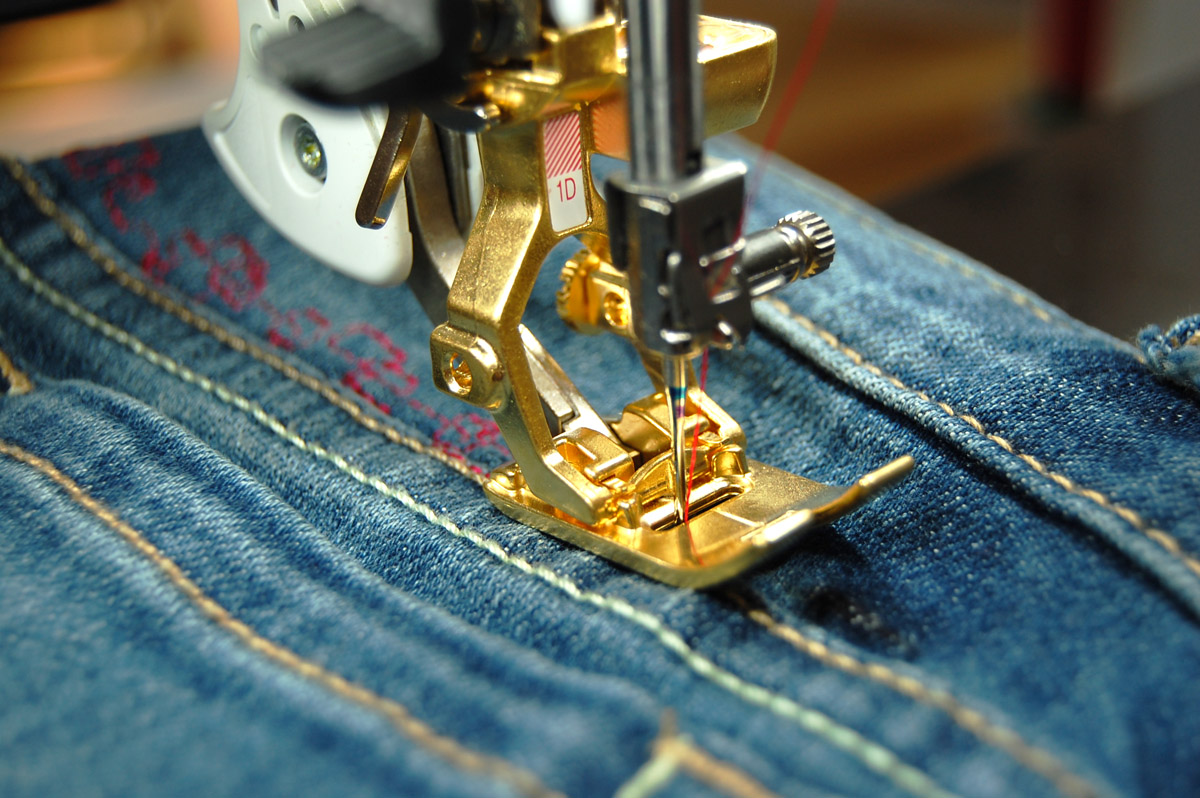
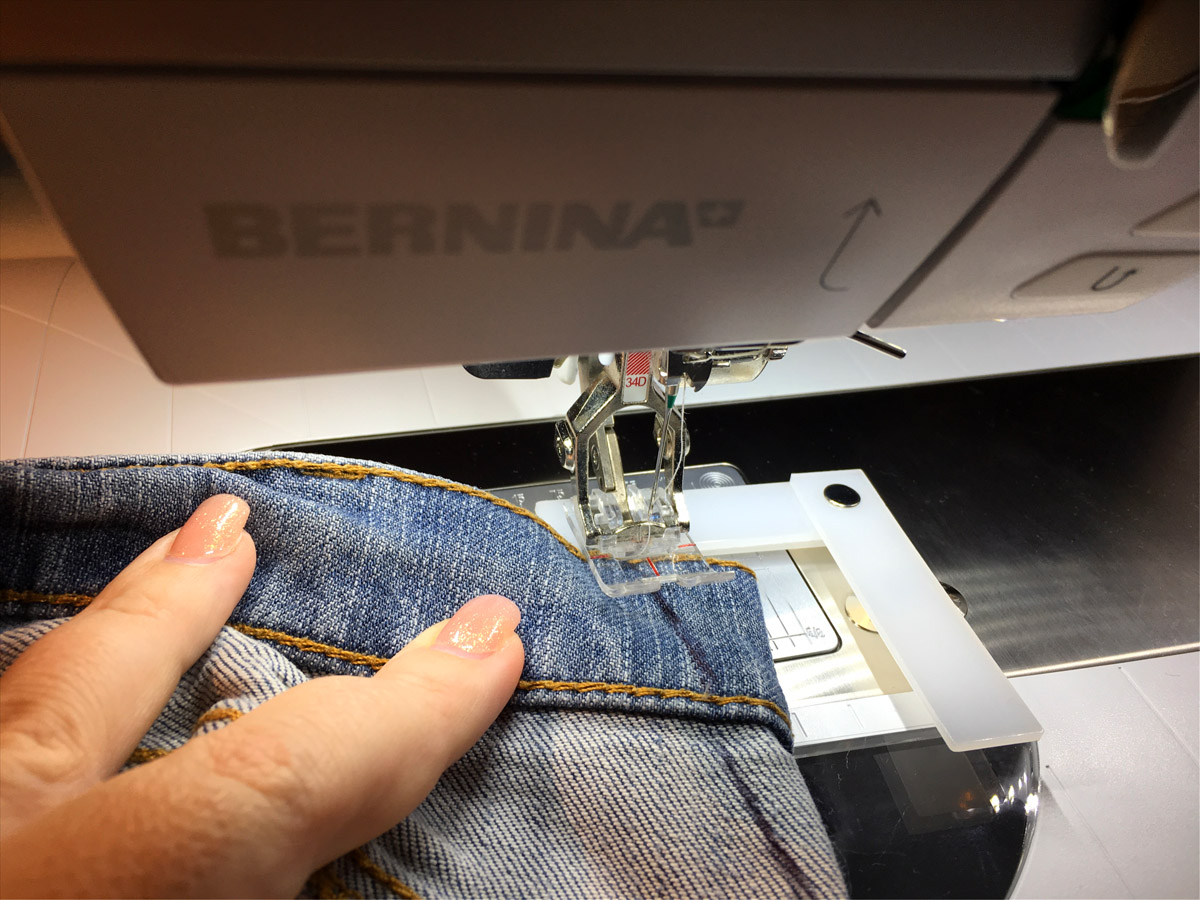
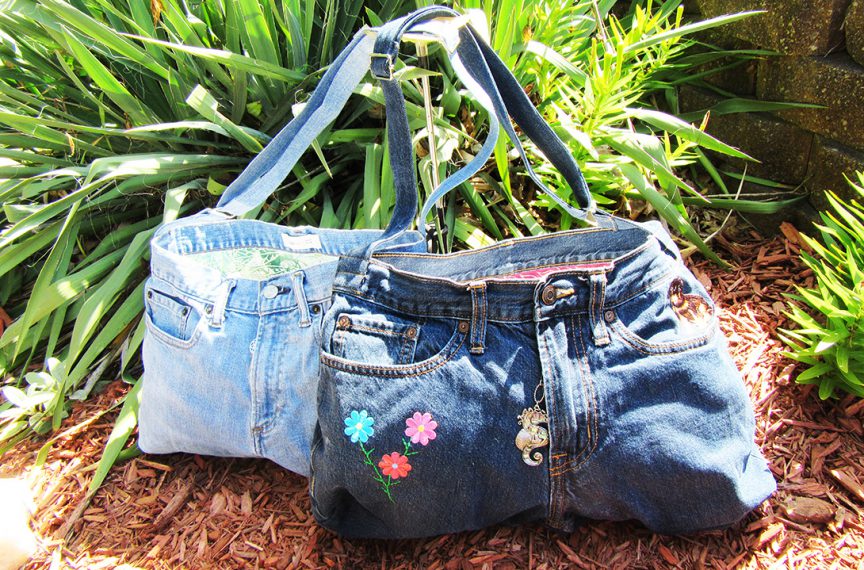

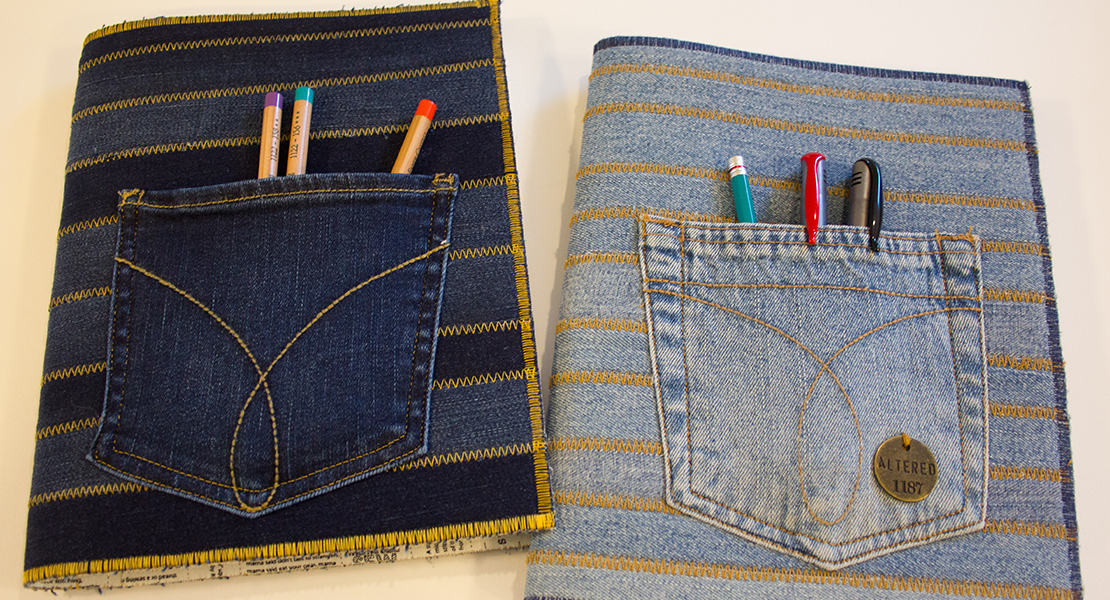
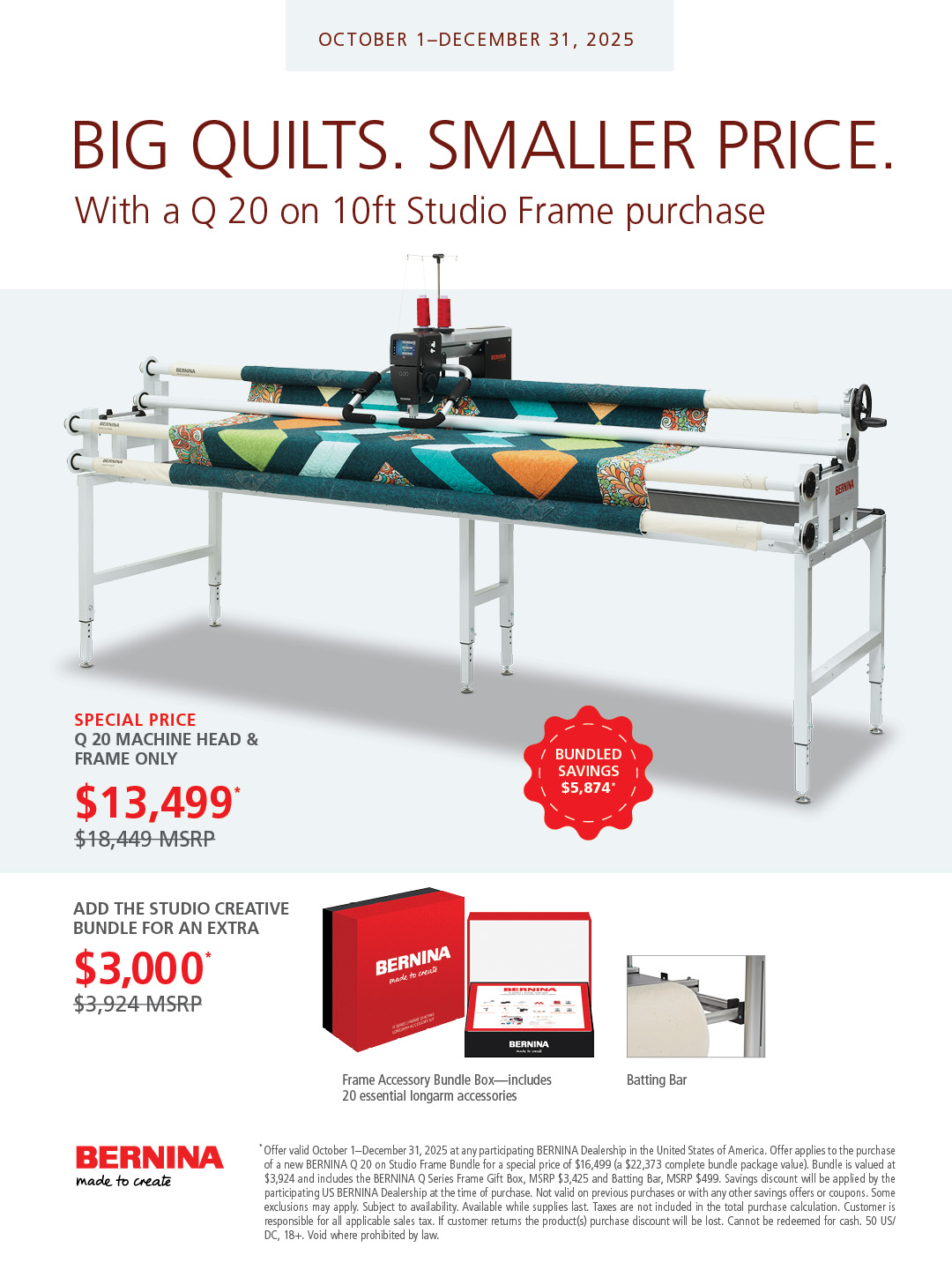
What would be your recommendation for jeans with a bit of stretch? I did a sashiko repair and that fabric has now split because of the fabric around it stretches but not the repaired area fabric. I am afraid if I do a machine darning repair the areas around the darn will now take brunt of the wear since that darn area will not stretch. I would appreciate your ideas. Thank you!